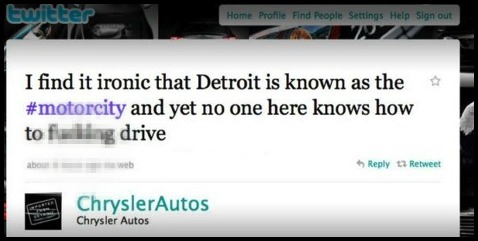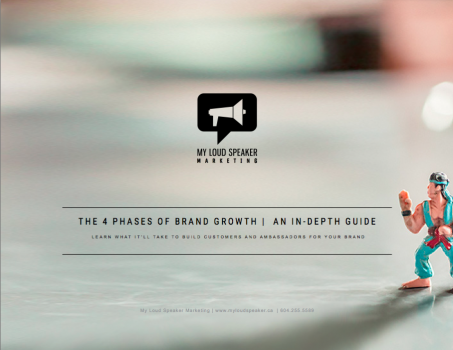
How To Market to Millennials: Stop Pursuing Perfection
Brands have always been about trust, and in order for brands to gain trust from consumers, they advertised. They advertised the quality of their product or service, and they did it often enough to be recognizable household names. So, the next time you walked through your local supermarket, you were more mentally willing to purchase the recognizable brand over the one you’ve never heard of. As much as this is still a tactic used by marketers today, the ability for consumers to easily speak and share with other consumers on a mass scale has completely flipped the traditionally one-directional marketing world on its head. Consumers are no longer only just listening to the neatly packaged, perfect advertisements brands want them to see – they have easy access to customer reviews and anything their large network of friends are saying. And this brand-penetrating, multi-directional world is what Generation Y – or Millennials – grew up in. So, with this evolved – and continually evolving – landscape, how do you ensure your marketing is pristine and perfect across all platforms to over 70 million Millennials who spend an average of 200 billion dollars annually?
It’s actually simpler than it’s ever been – stop pursuing perfection.
Everyone has failed, everyone has misspoken, everyone has meant well but done the wrong thing. Your favorite restaurants, cafes and books have all gotten a one-star review along the way. No brand is perfect, no individual can pretend to be either.
Perfect can’t possibly be the goal, we’re left with generous, important and human instead.
– Seth Godin
It’s not about perfection anymore, because perfection, is, and always has been, impossible. Brands that are successful will embrace the fact they are just a conglomerate of people – people who happen to share a similar workspace – and hopefully – a similar vision too. As people, they will make mistakes, but they will be forgiven for them as well.
Take a look at an accidental tweet from the major brand, Chrysler:

Image courtesy of www.rboablog.com
Instead of admitting the obvious human error, Chrysler decides to tell a fib and claim that their account got “hacked”. However, after pressure from followers, the brand finally admits that the tweet was meant to be for an agency employee’s personal account. The robotic voice of the blog post didn’t sit too well with followers either, as it contained all the boilerplate corporate apology approaches that major brands always turn to: a) “[We] do not tolerate inappropriate language or behavior” b) “[We] apologize to anyone who may have been offended by this communication” and c) “[We] have set in place appropriate steps to ensure that this does not happen again.” Opportunity lost. The whole twitter world is looking at them, and they decide to wear camouflage.
On the other hand, American Red Cross takes the human approach to a very similar problem:

Image courtesy of www.blog.ubervu.com
Twitter responded accordingly by praising Red Cross’s honest and human approach in dealing with the erroneous tweet. The brand even decided to write a blog post of how the entire situation progressed. The comments on the post itself exemplify the importance of not only admitting, but embracing, brand imperfections.
Millennials grew up in a world where social sharing has continually exposed the ugliness behind the neatly packaged advertising that brands are so comfortable with. The brands that embrace the imperfections have the most trust from their fans, and yet, many brands continue to try to cover-up, hide, and deny any indication that they’re human. The truth is, if brands stopped pursuing perfection, only the simple things would be left; and Millennials would much prefer they just go with that.
If you liked this article, you may also like
– The Top 5 Issues With Millennials From A Millennial’s Perspective.
– 5 Ways To (Re)Evaluate And Improve Your Marketing Strategy
This 20+ page booklet will help pinpoint which phase of brand growth your organization is in, and which phase you’ll need to go to next, until you ultimately build your brand its own tribe of ambassadors.
There are a few reasons why you might want to download this:
- You want to know what it will take to build your brand its own tribe of ambassadors
- You want to learn about the 4 phases Brand Growth
- You want to pinpoint which phase your organization is at
If any of the reasons above resonate with you, download the booklet free by entering your information below.
Our hope is that, by the time you’ve completed this guide, you’ve learned about each of these topics, and will be ready to take your brand to the next phase.




